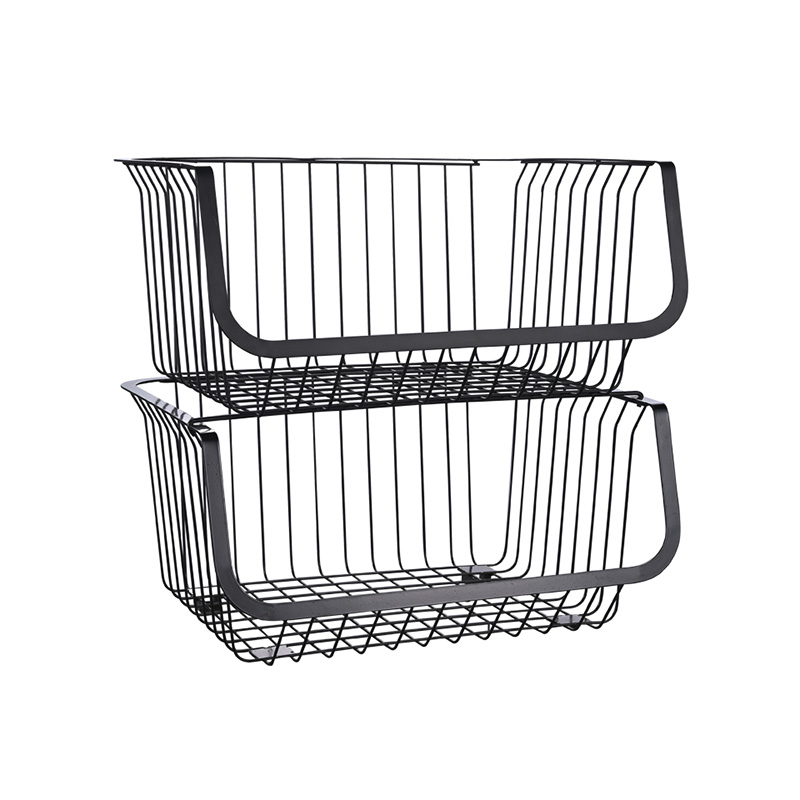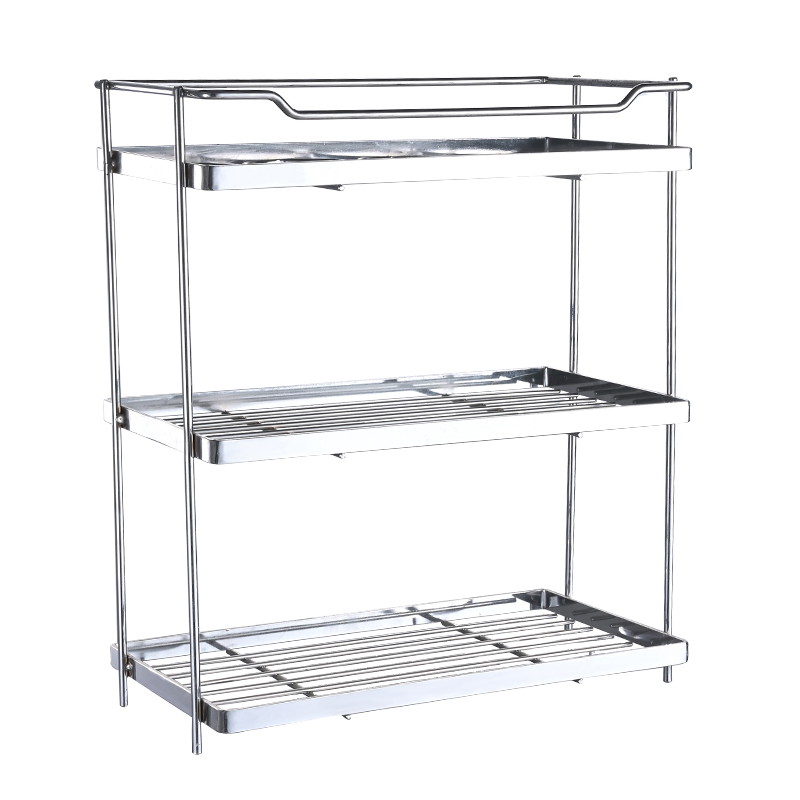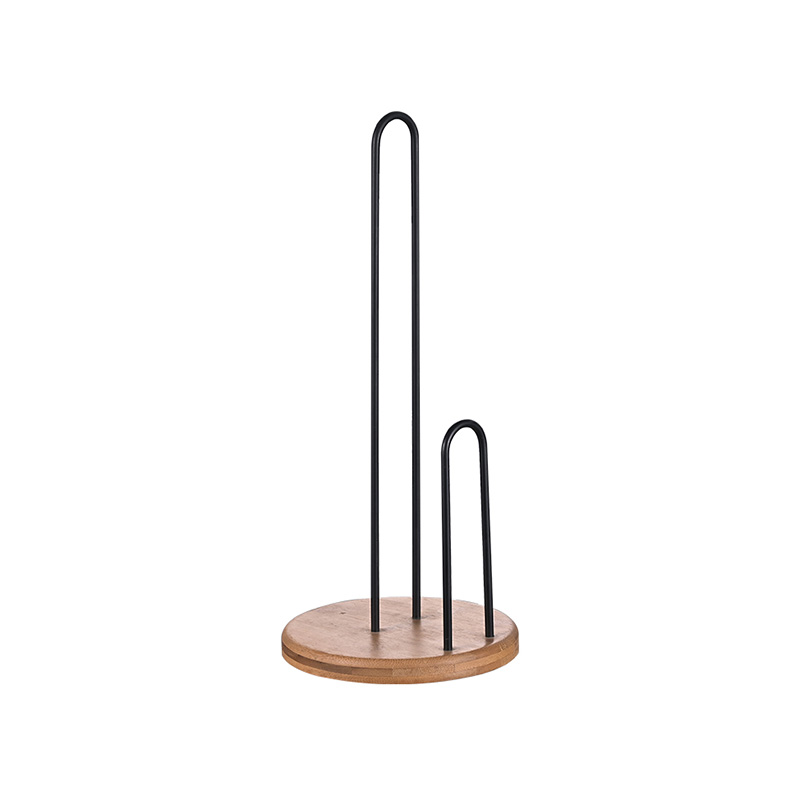Kitchen Dish Rack Buyers Prioritize Drainage Efficiency and Durability in Daily Use
When individuals set out to purchase a Kitchen Dish Rack, their final decision is often shaped by how the product will perform in everyday situations. Beyond aesthetics, two functional aspects consistently rise to the forefront of user feedback and reviews: how well the rack drains water and how its construction holds up over time. These elements are critical because they directly impact the convenience of the kitchen routine and the product's overall value. A closer look at user experiences provides a clear picture of what makes a Kitchen Dish Rack work well in a home environment.

The Critical Role of Effective Drainage
A dish rack's primary job is to hold wet dishes until they are dry. If water pools around the base of plates or sits in the bottom of the rack, it can lead to lingering moisture, water spots on glassware, and an environment where mildew can develop. Users frequently mention problems with drip trays that are flat, lacking a sufficient slope to guide water toward the drain. Racks with small, easily clogged drain holes or trays that are challenging to remove and clean are also common points of criticism. What users appreciate are designs that address these issues directly. A drip tray with a pronounced incline, a large and unobstructed drain hole, and a surface that is smooth and easy to wipe down are all highlighted as positive features. Good air circulation around the dishes, facilitated by well-spaced wires or slats, is also noted as a key factor in speeding up the drying process and maintaining a fresher-smelling kitchen.
Durability: Built to Withstand the Daily Routine
The kitchen is a space of regular use, and a dish rack is expected to handle a constant cycle of wetting and drying, loading and unloading. User accounts often mention dissatisfaction with racks that show signs of wear quickly. This can include plastic components that become brittle and crack, coatings on wire racks that chip away, leading to rust, or bamboo that shows cracks after repeated soaking. Structural stability is another area of focus; a rack that wobbles or feels unsteady when fully loaded is frequently described as a point of concern. In contrast, racks made from solid materials, such as stainless steel with consistent welding, or those with reinforced joints and a balanced base, receive positive remarks for maintaining their form and function over months and years of use.
Learning from User Experiences
The collective voice of users points toward a practical set of priorities for anyone considering a new Kitchen Dish Rack. It suggests that attention should be paid to the details of the drainage system—observing the design of the drip tray and the ventilation of the structure. Regarding durability, the feel of the materials and the construction quality, such as the smoothness of finishes and the absence of loose parts, can offer clues about its longevity. By focusing on these core aspects of drainage efficiency and durable construction, buyers can make a selection that reduces daily frustrations and contributes to a more functional and orderly kitchen.
-
Feedback


 English
English 中文简体
中文简体 русский
русский Español
Español








